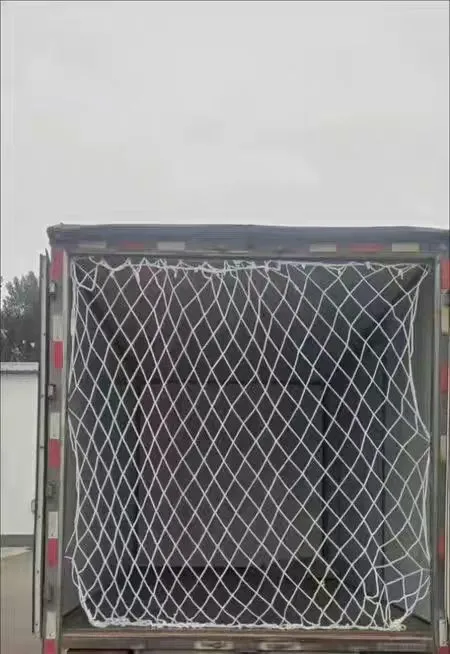-
 Afrikaans
Afrikaans -
 Albanian
Albanian -
 Amharic
Amharic -
 Arabic
Arabic -
 Armenian
Armenian -
 Azerbaijani
Azerbaijani -
 Basque
Basque -
 Belarusian
Belarusian -
 Bengali
Bengali -
 Bosnian
Bosnian -
 Bulgarian
Bulgarian -
 Catalan
Catalan -
 Cebuano
Cebuano -
 China
China -
 Corsican
Corsican -
 Croatian
Croatian -
 Czech
Czech -
 Danish
Danish -
 Dutch
Dutch -
 English
English -
 Esperanto
Esperanto -
 Estonian
Estonian -
 Finnish
Finnish -
 French
French -
 Frisian
Frisian -
 Galician
Galician -
 Georgian
Georgian -
 German
German -
 Greek
Greek -
 Gujarati
Gujarati -
 Haitian Creole
Haitian Creole -
 hausa
hausa -
 hawaiian
hawaiian -
 Hebrew
Hebrew -
 Hindi
Hindi -
 Miao
Miao -
 Hungarian
Hungarian -
 Icelandic
Icelandic -
 igbo
igbo -
 Indonesian
Indonesian -
 irish
irish -
 Italian
Italian -
 Japanese
Japanese -
 Javanese
Javanese -
 Kannada
Kannada -
 kazakh
kazakh -
 Khmer
Khmer -
 Rwandese
Rwandese -
 Korean
Korean -
 Kurdish
Kurdish -
 Kyrgyz
Kyrgyz -
 Lao
Lao -
 Latin
Latin -
 Latvian
Latvian -
 Lithuanian
Lithuanian -
 Luxembourgish
Luxembourgish -
 Macedonian
Macedonian -
 Malgashi
Malgashi -
 Malay
Malay -
 Malayalam
Malayalam -
 Maltese
Maltese -
 Maori
Maori -
 Marathi
Marathi -
 Mongolian
Mongolian -
 Myanmar
Myanmar -
 Nepali
Nepali -
 Norwegian
Norwegian -
 Norwegian
Norwegian -
 Occitan
Occitan -
 Pashto
Pashto -
 Persian
Persian -
 Polish
Polish -
 Portuguese
Portuguese -
 Punjabi
Punjabi -
 Romanian
Romanian -
 Russian
Russian -
 Samoan
Samoan -
 Scottish Gaelic
Scottish Gaelic -
 Serbian
Serbian -
 Sesotho
Sesotho -
 Shona
Shona -
 Sindhi
Sindhi -
 Sinhala
Sinhala -
 Slovak
Slovak -
 Slovenian
Slovenian -
 Somali
Somali -
 Spanish
Spanish -
 Sundanese
Sundanese -
 Swahili
Swahili -
 Swedish
Swedish -
 Tagalog
Tagalog -
 Tajik
Tajik -
 Tamil
Tamil -
 Tatar
Tatar -
 Telugu
Telugu -
 Thai
Thai -
 Turkish
Turkish -
 Turkmen
Turkmen -
 Ukrainian
Ukrainian -
 Urdu
Urdu -
 Uighur
Uighur -
 Uzbek
Uzbek -
 Vietnamese
Vietnamese -
 Welsh
Welsh -
 Bantu
Bantu -
 Yiddish
Yiddish -
 Yoruba
Yoruba -
 Zulu
Zulu
Exploring the Applications and Benefits of Rolled Steel Mesh in Construction Industry
The Versatility of Rolled Steel Mesh Applications and Benefits
Rolled steel mesh, often referred to as wire mesh or welded mesh, is an essential material with a myriad of applications across various industries. Its durability, strength, and versatility make it a preferred choice for construction, manufacturing, and even agricultural use. In this article, we will explore the characteristics of rolled steel mesh, its diverse applications, and the benefits it offers.
Characteristics of Rolled Steel Mesh
Rolled steel mesh is made by weaving or welding together steel wires to create a grid-like structure. The wires can be produced in various diameters, and the spacing between them can be adjusted according to the specific requirements of a project. The mesh is typically available in various sizes and gauges, making it adaptable for numerous uses. Additionally, rolled steel mesh can be treated with protective coatings to enhance its resistance against corrosion, making it suitable for both indoor and outdoor applications.
Applications of Rolled Steel Mesh
1. Construction One of the most common uses of rolled steel mesh is in the construction industry. It is often employed as reinforcement for concrete slabs, walls, and foundations. The mesh helps distribute loads and improves the tensile strength of concrete, thereby reducing the risk of cracking and structural failure.
2. Fencing Rolled steel mesh is widely used for fencing applications. Its robustness and ability to withstand environmental stressors make it ideal for securing perimeters around properties, farms, and construction sites. Available in various heights and designs, it provides safety and security while allowing visibility.
3. Industrial Applications In manufacturing and processing facilities, rolled steel mesh is utilized in sorting, sifting, and filtering materials. Its open structure allows for the easy passage of liquids and gases, making it ideal for applications such as screen printing, filtration systems, and even as conveyor belts.
rolled steel mesh

4. Agriculture Farmers frequently use rolled steel mesh for various agricultural applications, including animal enclosures, crop protection, and fencing. It serves as a durable barrier against predators while allowing air and sunlight to penetrate, promoting a healthy growing environment.
5. Architectural Features In modern architecture, rolled steel mesh is also employed for aesthetic purposes. It may be used in facades, canopies, or interior design elements. Its unique texture and finish can enhance the visual appeal of buildings while providing functional benefits.
Benefits of Rolled Steel Mesh
One of the primary advantages of rolled steel mesh is its strength-to-weight ratio. It provides exceptional support without adding excessive weight to structures, making it an economically viable option for builders and manufacturers. Additionally, the flexibility in design allows for customization according to specific project needs, thus enhancing its usability across various applications.
Moreover, rolled steel mesh is cost-effective. Compared to other materials, it offers a lower material cost and can lead to savings during the construction phase. Its longevity and low maintenance requirements further contribute to its cost efficiency, as it does not require frequent replacements or repairs.
Lastly, the environmental impact of using rolled steel mesh is relatively low. As steel is a recyclable material, utilizing rolled steel mesh supports sustainability efforts. At the end of its life cycle, it can be melted down and repurposed, significantly reducing waste.
Conclusion
In summary, rolled steel mesh is an incredibly versatile material that finds applications in numerous fields such as construction, agriculture, and manufacturing. Its strength, cost-effectiveness, and adaptability make it a popular choice among industry professionals. As technology continues to advance, the innovations surrounding rolled steel mesh will likely expand its usability even further, solidifying its status as an indispensable resource in modern engineering and design.
-
Shipping Plastic Bags for Every NeedNewsJul.24,2025
-
Safety Netting: Your Shield in ConstructionNewsJul.24,2025
-
Plastic Mesh Netting for Everyday UseNewsJul.24,2025
-
Nylon Netting for Every UseNewsJul.24,2025
-
Mesh Breeder Box for Fish TanksNewsJul.24,2025
-
Expanded Steel Mesh Offers Durable VersatilityNewsJul.24,2025











